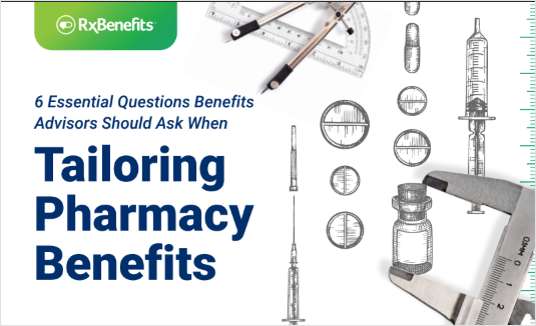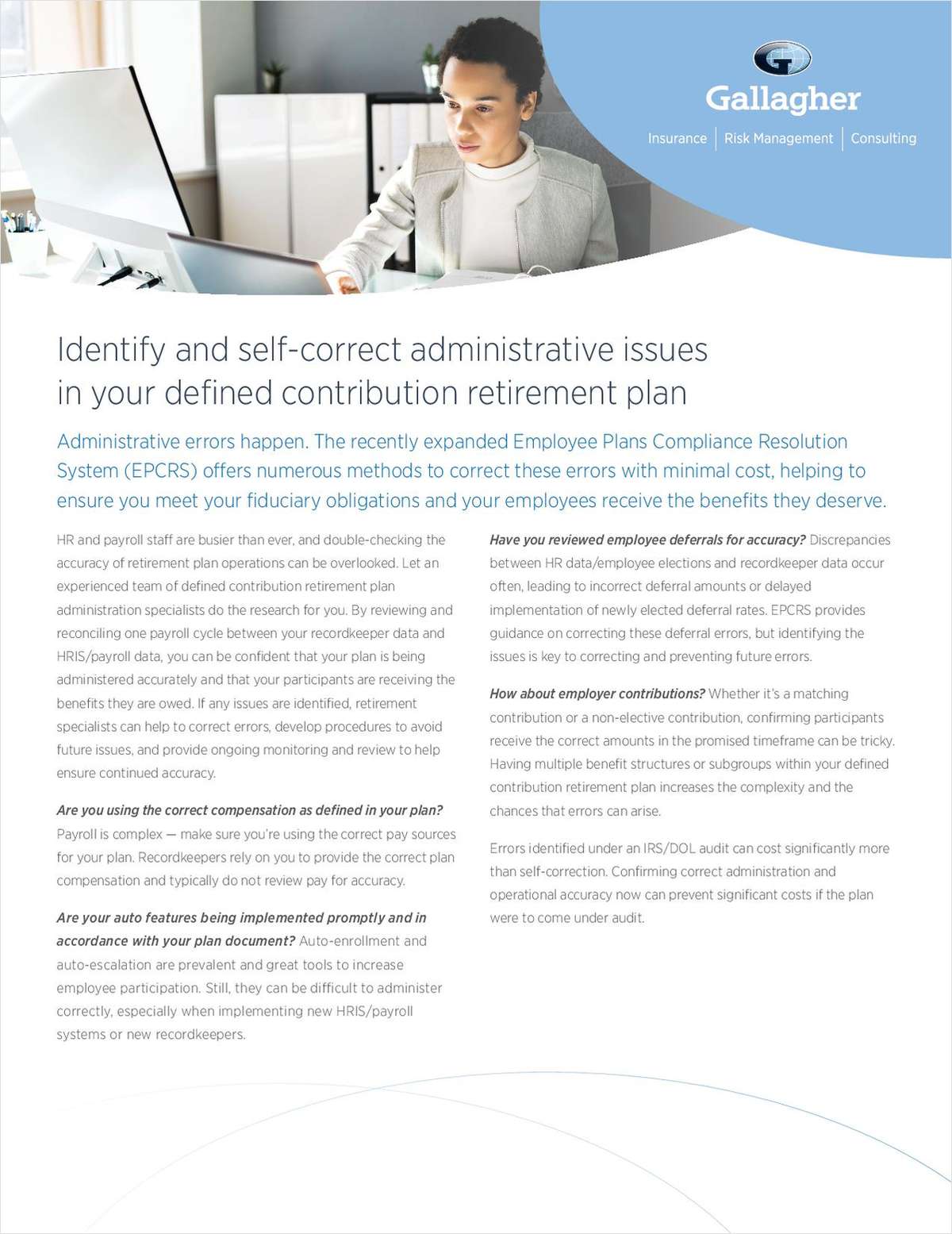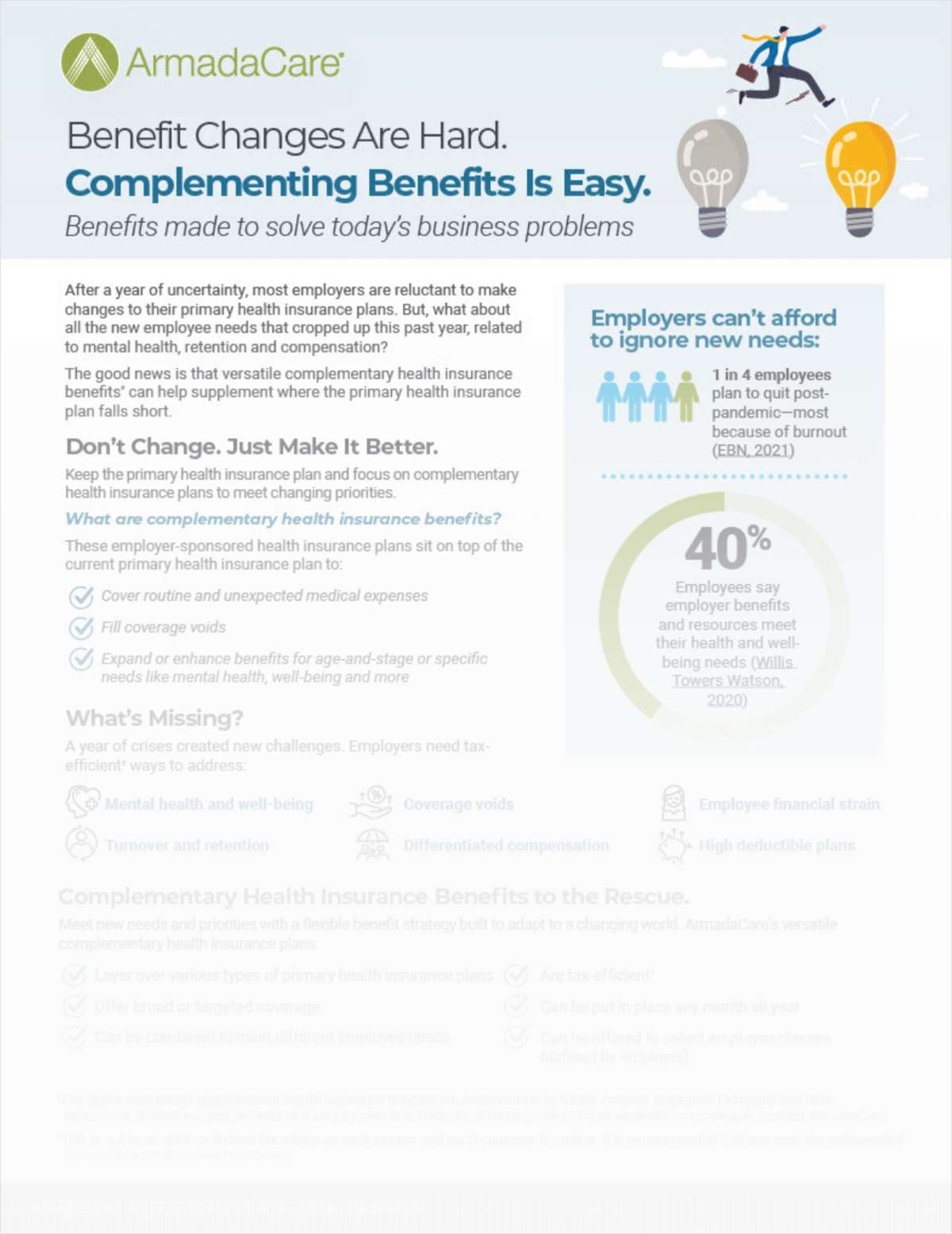Customer satisfaction with the health insurance industry fell after two years of improvement on the American Customer Satisfaction Index (ACSI). Meanwhile satisfaction with the life and property insurance industries ticked up.
The American Customer Satisfaction Index is a national economic indicator of customer evaluations of the quality of products and services available to household consumers in the United States. According to the latest report, customer satisfaction with health insurance fell 2.7 percent to an ACSI score of 73. The aggregate of smaller companies led the industry, down 1 percent to 76.
Blue Cross and Blue Shield dropped 4 percent to 70, but is ahead of the other large insurers, while Aetna fell 3 percent to 68.
UnitedHealth plummeted 10 percent to an industry low of 65. Complaints about customer service and the recent handling of Medicare drug coverage are at the forefront of UnitedHealth's troubles. WellPoint is the only health insurer that showed an improvement, up 3 percent to 69.
"The cause of the customer satisfaction decline is not difficult to find--sharp increases in premium costs and deductibles are to blame," said Claes Fornell, founder of the ACSI and author of "The Satisfied Customer: Winners and Losers in the Battle for Buyer Preference."
"Medical costs are rising and companies are passing on a greater share of the insurance burden to employees. When consumers pay more without getting better service, they are obviously not happy."
Life and property insurance are tied with credit unions for the highest ACSI score in financial services. The life insurance industry gained 1.3 percent to 80, while property & casualty insurance is unchanged at 80.
Smaller life insurers led the category, up 1 percent to 81. Northwestern Mutual topped the big companies, despite a small 1 percent dip to 80, followed by New York Life, down 3 percent to 78. MetLife and Prudential--the largest players in the life insurance business--are close behind, with MetLife up 1 percent to 78 and Prudential unchanged at 77.
Among property & casualty companies, State Farm maintained the lead, unchanged at 82, followed by GEICO, also unchanged at 81. Progressive and Allstate each fall 1 percent to 79 and 78, respectively, while Farmers dropped 3 percent to 76 to round out the industry.
2010 marks the fourth consecutive year that Farmers has occupied the bottom spot.
"Life and property & casualty typically do better with customers compared to health insurers because premiums are lower and policyholders have fewer reasons to interact with the insurance company, so there are fewer opportunities for things to go wrong," said Fornell. "This is particularly true for life insurance--premiums typically are fixed for the duration of the policy, and once a policy is in place, a customer might never again interact with the insurer."
Complete your profile to continue reading and get FREE access to BenefitsPRO, part of your ALM digital membership.
Your access to unlimited BenefitsPRO content isn’t changing.
Once you are an ALM digital member, you’ll receive:
- Breaking benefits news and analysis, on-site and via our newsletters and custom alerts
- Educational webcasts, white papers, and ebooks from industry thought leaders
- Critical converage of the property casualty insurance and financial advisory markets on our other ALM sites, PropertyCasualty360 and ThinkAdvisor
Already have an account? Sign In Now
© 2024 ALM Global, LLC, All Rights Reserved. Request academic re-use from www.copyright.com. All other uses, submit a request to [email protected]. For more information visit Asset & Logo Licensing.








